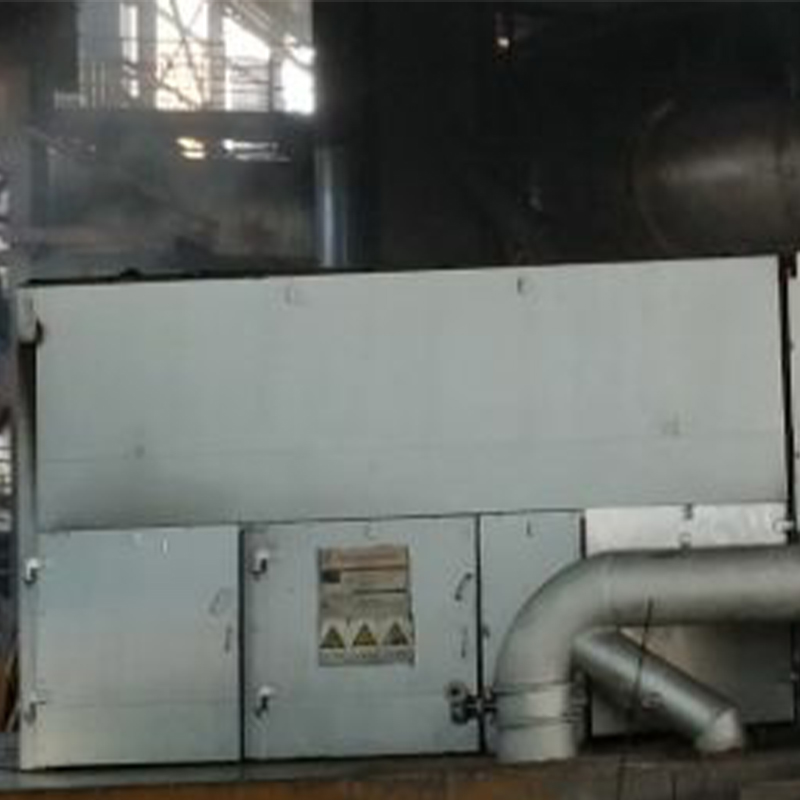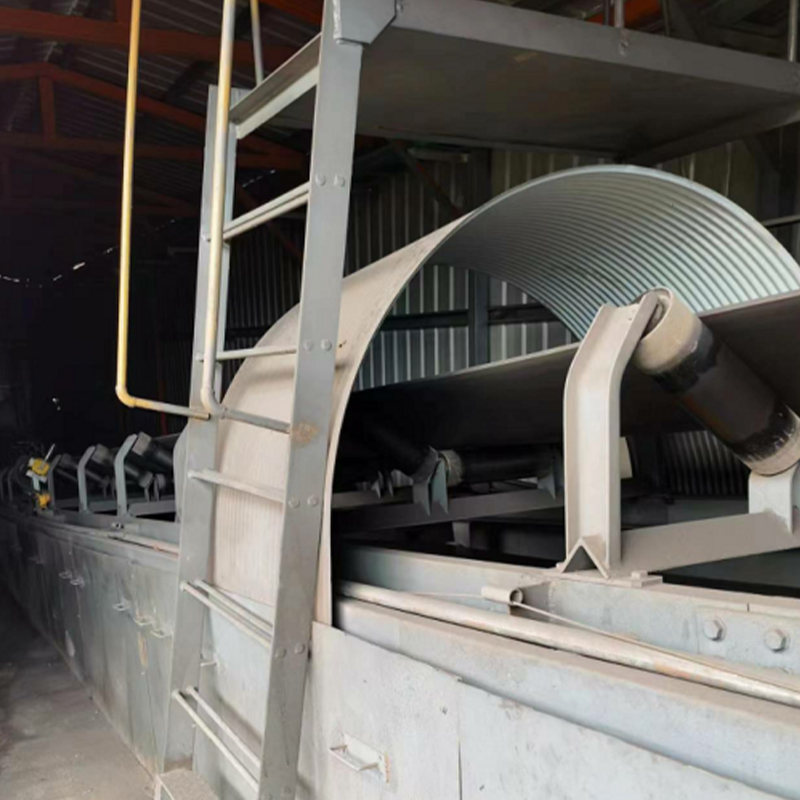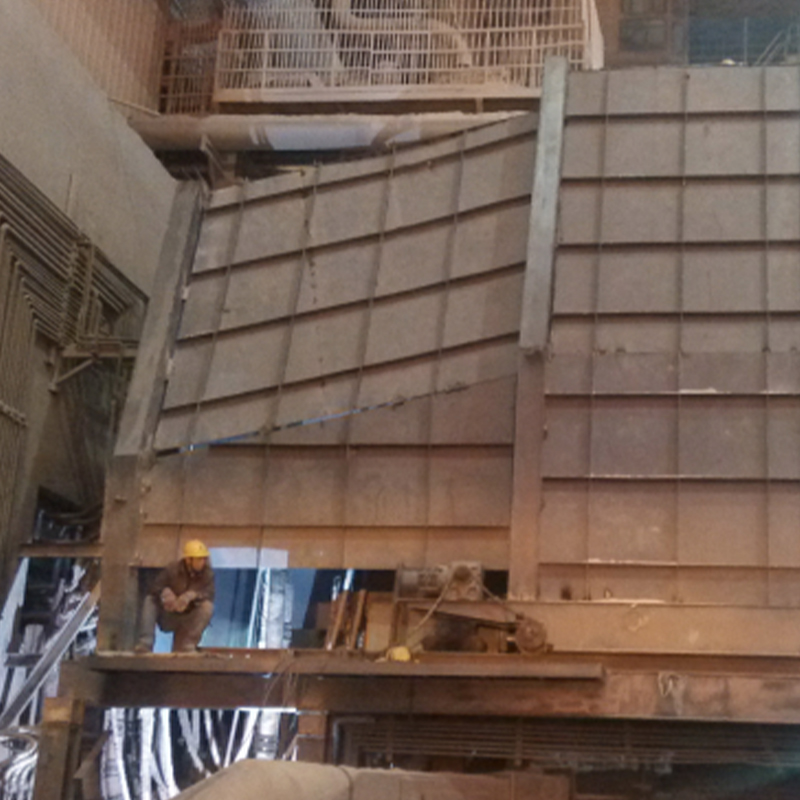Blast Furnace Taphole Capture Hood
CONTACT US-
How Do Modern Dust Control Systems Enhance Safety and Air Quality?
Introduction Industrial dust has long been a critical concern across sectors such as mining, construction, metal processing, and manufacturing. The inhalation of dust particles, particularly fine particulate matter, may lead to respiratory illnesses, reduced workforce efficiency,...
-
A Comprehensive Guide to Maintaining and Optimizing Dust Control Systems
Introduction In industrial operations, maintaining air quality and minimizing particulate matter is critical for ensuring both environmental compliance and worker safety. A dust control system serves as a cornerstone for achieving these objectives. From heavy manufacturing facili...
-
What Is a Dust Control System? Key Functions and Industry Applications Explained
Introduction A dust control system is a critical solution in industrial and commercial environments to manage and mitigate airborne particulate matter. With increasing awareness of occupational health, environmental regulations, and operational efficiency, industries are adopting...
What are the core components and key functions of a blast furnace taphole capture hood?
The design of a blast furnace taphole hood directly impacts flue gas capture efficiency and production safety. Its core components include a fully enclosed hood, internal air intakes, and a top movable door. The fully enclosed hood is the foundation for fume capture, creating a relatively closed space around the taphole. Combined with the internal air intakes, it efficiently collects fumes generated during tapping, opening, or blocking the taphole, achieving a capture rate of up to 95%, reducing the spread of fume into the workshop environment. The top movable door design fully considers the needs of ongoing equipment maintenance. When inspecting the opener or blasting machine, the door can be opened, ensuring smooth maintenance without being hindered by the hood's closed nature. The fully enclosed hood also provides emergency response capabilities. In the event of large-scale iron blowout in the blast furnace, the hood can temporarily trap fume, preventing it from overflowing and impacting the workshop environment. Furthermore, the hood is constructed of insulating material, which protects against molten iron splash and slag erosion, while also reducing the hood's outer surface temperature, ensuring equipment life and the safety of on-site workers.
What key factors should be considered when designing a custom blast furnace taphole capture hood?
This involves considering various factors, including specific blast furnace parameters and production conditions. Firstly, production parameters such as the blast furnace's tapping rate and frequency affect the amount and rate of flue gas generation, which in turn determine the size of the hood, the number of air intakes, and the suction power.
Secondly, the spatial layout of the site is also a key consideration. The size and installation location of the hood must be compatible with the equipment surrounding the taphole (such as the opener and blast gun) to ensure optimal flue gas capture without disrupting normal production operations.
Furthermore, material selection is crucial. Because the hood operates in a harsh environment, withstanding high temperatures, molten iron splash, and slag erosion, insulation materials that are heat-resistant, wear-resistant, and corrosion-resistant are essential to ensure durability and safety. The design of the top movable door must balance sealing and easy opening to ensure flexible operation during maintenance.
As a high-tech enterprise dedicated to environmental protection and governance, Anhui Tiankang Environmental Technology Co., Ltd. has a deep understanding of custom air hoods and can provide tailored solutions based on customers' specific needs, taking into account various key factors.
What are the advantages of using a professional manufacturer for custom blast furnace taphole capture hoods?
Choosing a professional manufacturer for custom blast furnace taphole capture hoods provides more comprehensive and high-quality service. Anhui Tiankang Environmental Technology Co., Ltd. always adheres to customer-oriented principles, leveraging its strong technical capabilities and extensive project experience to provide customized environmental solutions.
From the design stage, the company will thoroughly understand the customer's blast furnace parameters, production conditions, workshop layout, and other specific circumstances. Based on the functional requirements of the air hood, the company will design the most suitable solution. When selecting equipment, high-quality insulation materials and supporting components are used to ensure the air hood meets performance standards. During the construction phase, Anhui Tiankang Environmental Technology Co., Ltd. boasts a professional construction team capable of ensuring the quality and schedule of hood installation. As a Chinese manufacturer of custom dust removal systems, the company also provides comprehensive, one-stop services, from design and equipment selection to construction and ongoing maintenance. They undertake turnkey projects for various dust removal systems, flue gas desulfurization and denitrification systems, and VOC systems.



 English
English Français
Français عربى
عربى 简体中文
简体中文


















